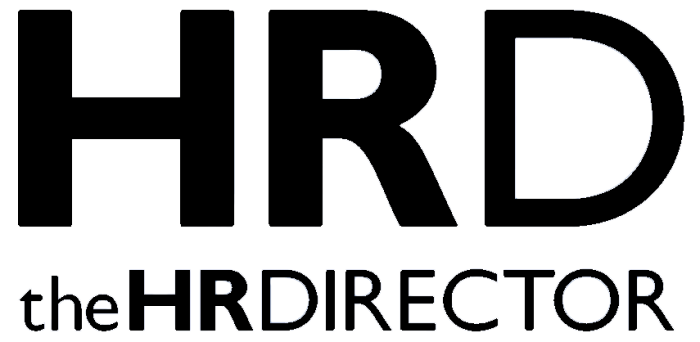theHRDIRECTOR – Latest Synopsis
PLEASE PITCH YOUR TENDERS VIA OUR ONLINE SUBMISSION PORTAL 16TH JULY 2024.
Independence is our strength – covering the issues that directly impact on those with the duty of directing human resources
ISSUE 240 – Synopsis – OCTOBER 2024
Supporting menopause
Menopause Awareness month (October 2024) coincides with a revealing statistic, that menopausal women are the fastest growing demographic in the workforce. For many employers forced to meet gender balance leadership quotas, they have also capitalised on the skills and talent of a hitherto prejudiced, underutilised and sidelined cohort, that happens to represent half of the entire population. But while an opportunity presents – and mutual advantage is there to capitalise upon – there are clear signs that although more women going through the menopause are being integrated and absorbed in the workplace to higher levels of office, current data points to nearly half (44 percent) of those feeling overwhelmed by their work and personal lives. Additionally, three-out-of-five women say they have had negative experiences in connection with going through the menopause and a third have taken sick leave due to their symptoms. Although there are signs of improvement, a lingering taboo, minimal awareness and even lingering ridicule point to a lack of comprehensive and meaningful support being made available and clearly, existing policies are failing. While hybrid, remote and flex working arrangements are a boon, suffering continues, only in greater isolation. The reality is that meaningful and lasting change can only be found by looking beyond the headlined “hot flushes”. It is the indirect and often hidden factors that need supporting in practical and caring ways, by peers, managers and teams that are aware, understanding and non-prejudicial. This requires an improved knowledge surrounding the menopause and its many impacts. Indeed, 53 percent of women going through the menopause have issues with their physical health and many report a loss in appetite, weight change, fatigue and struggle to sleep. Further, thirty percent of women struggle with their mental health and suffer cognitive symptoms – such as poor memory, low mood and anxiety – which can be debilitating, frustrating and embarrassing. All-too often, this results in a loss of confidence, leading to many dropping out of work at a time when they have so much to contribute and gain. In this issue, we ask, what does a comprehensively supportive provision look like, what more can employers do, how can employees be trained to support and importantly, what should the role of peer male colleagues be in helping to move the dial and support their female colleagues? Importantly, for those businesses that have really embraced menopause support across the workforce, men appreciate the greater knowledge and can be the most welcomed and enthusiastic advocates.
Employee experience
That employee experience is integral to attraction, engagement, performance and retention cannot be overstated. But although the standard focal points, such as absenteeism and employee turnover matter, EX is more about understanding how employees feel about their work, what motivates them, how they can develop and what their career and life aspirations are. It’s integral to developing a skilled, agile and sustainable talent pipeline for a workforce that is ready and equipped for the demands of speed, change and diversification. An important point is that EX is not just about cold hard data and statistics, it needs to operate on a human level that is both physical and psychological, practical and holistic and approached more as a philosophy than a strategy. It also turns a spotlight on what HR now represents – for too long fence-sitting, trying to mediate between employees and management – and struggling to navigate in a storm of change. Now EX presents a set of tools and an important mandate to state the human case, as AI and machine learning infiltrate the world of work. The onus is on putting humans at the centre of business, so that people have the space and confidence to innovate and this demands a leadership that is not fixated on efficiencies, redundancy and machine replacement, but can create and support a human/AI symbiosis, towards business competitiveness, whilst imbuing the employee experience, from attraction to exit. The potential is that even if an employer cannot compete on pay and benefits against bigger rival firms, it can compete through EX. But that requires a different approach to how success is measured – not revenue and profit – which many will find difficult to contemplate and some will view as an anathema. By switching the focus to EX – as well as diversity, equality, inclusion and environmental sustainability – those that do make this fundamental change will more readily attract essential talent that is open to learn, are passionate about making a difference and use their voice and capability to effect positive change. To coin a cliché, EX is a game changer for HR, as the focus is on the emotions and feelings that employees would want to experience during each touchpoint or interaction with the business, their peers, managers and leaders.
Business redefined
There is no more poignant a symbol of a business that must redefine, than the world-famous Shell badge, emblazoned along a line of car recharging points, powered by renewable energy. Despite conflicting opinion, rising political, social and media discord and resistance – not to mention environmental targets being kicked into the long, tinder-dry grass, because of “more pressing problems” – the fossil fuel behemoth eyes the long game, with a determination to remain a global dominant in the world of energy and mobility, in the inevitable and unavoidable future, as the planet screams for us to take heed and make change. Take any sector, all businesses, no matter size or type, are feeling the pressure to redefine what they do and how they do it. A decade ago, the paperless office seemed farcical, but many are now even peopleless offices, with a no travel policy, if virtual alternative is possible. Whereas in the past reducing carbon footprint was an unwanted and potentially costly distraction, now the quest for net zero is an essential objective. But despite AI and the steel wheels of technology dictating change, it is human beings – employees, stakeholders, investors and customers – who are the defining factor and the architects of this era of challenge and opportunity and that requires not just talent and skill, but diversity-of-thought, background and experience to envision what that might be.
Preparing people for retirement
In conventional times, when the rhythm of life beat with metronomic exactitude, on a defined date, a retiring employee would receive good wishes from colleagues and a handsome carriage clock from their employer. How times change, for now a working life has a myriad of possible next chapters, which means that employers must consider a whole raft of possible options and supporting platforms. First and foremost, it is never too early to prepare people for retirement and so setting policy and mindset for new joiners and holding yearly catchups with pension advisers, ensures that employees remain engaged and active in their finances throughout their working lives, right up to the point that they decide to retire. Concurrently, for employers, having decades of experience walk out of the door is a serious loss of capability and knowhow and so long before retirement, setting up mentoring between senior near leaders and younger cohorts, imparts crucial knowledge and reverse mentoring can open up the elder employee to potential new insight and opportunity. Then there are the emotional and psychological impacts, as retiring is a huge life event and can sometimes leave people feeling like they have lost their identity and routine, as well as friends and colleagues. Having a retirement that is well financed and planned out with objectives, will make this moment something to look forward to, not feared. We welcome great ideas and initiatives towards turning retirement into a great potential life event.
As with all our subjects for issue 240, we welcome your suggestions for potential articles, to inform and bring insight to our readers.
Please post them on our Editorial Portal.
Please click here to submit your article for our flagship publication.
If you would like to be added to our Monthly Synopsis Mailing List, please CLICK HERE

